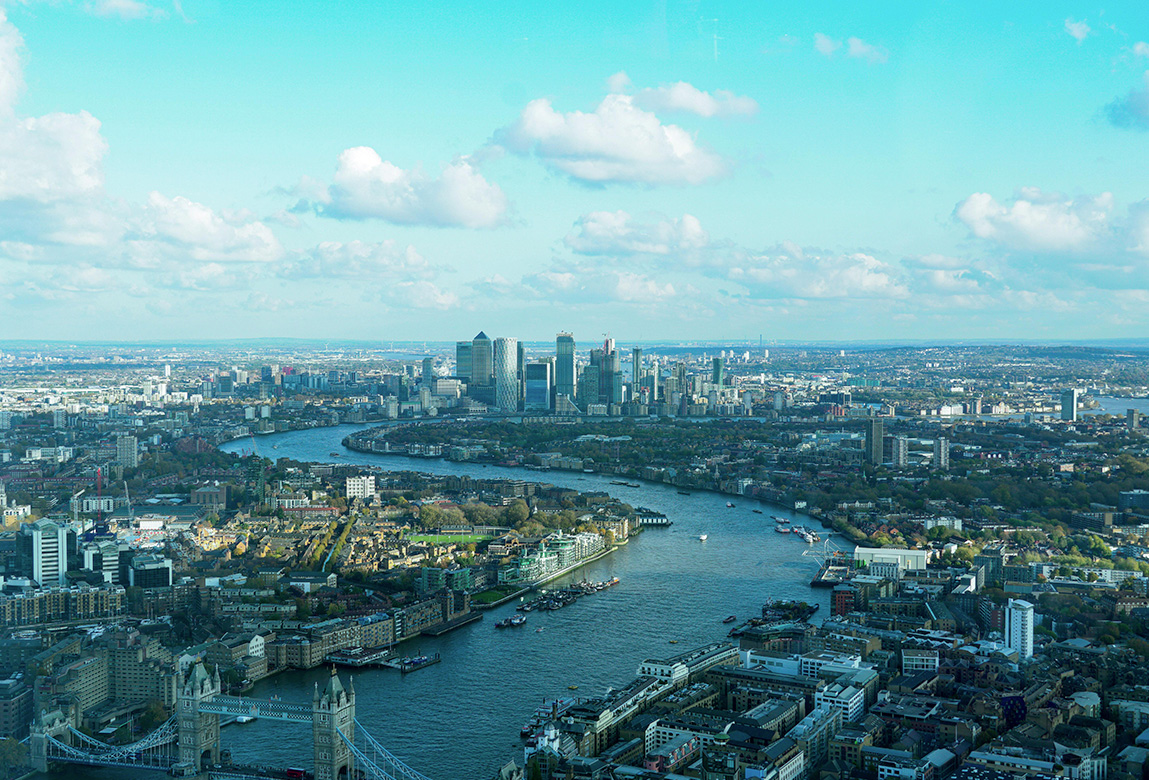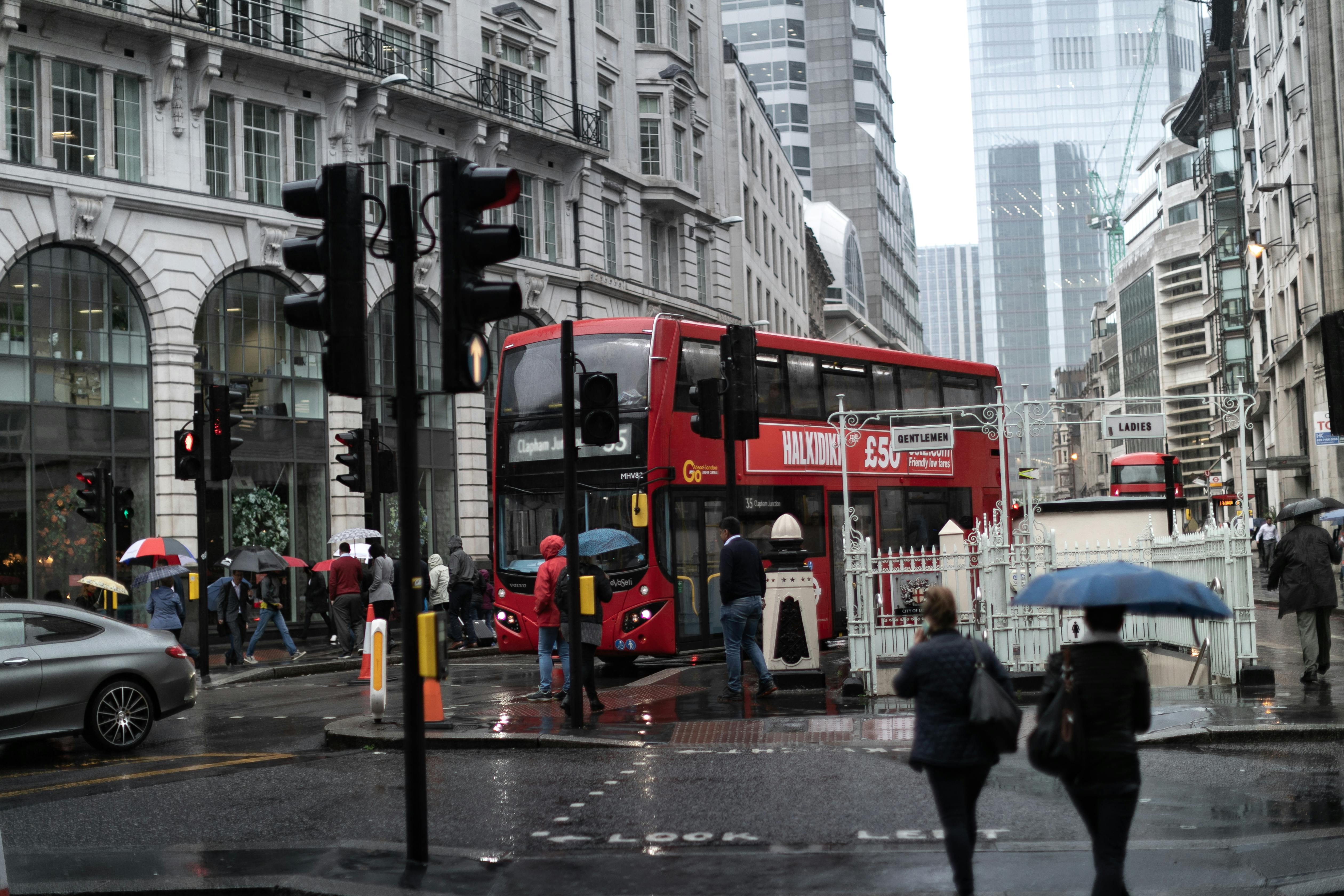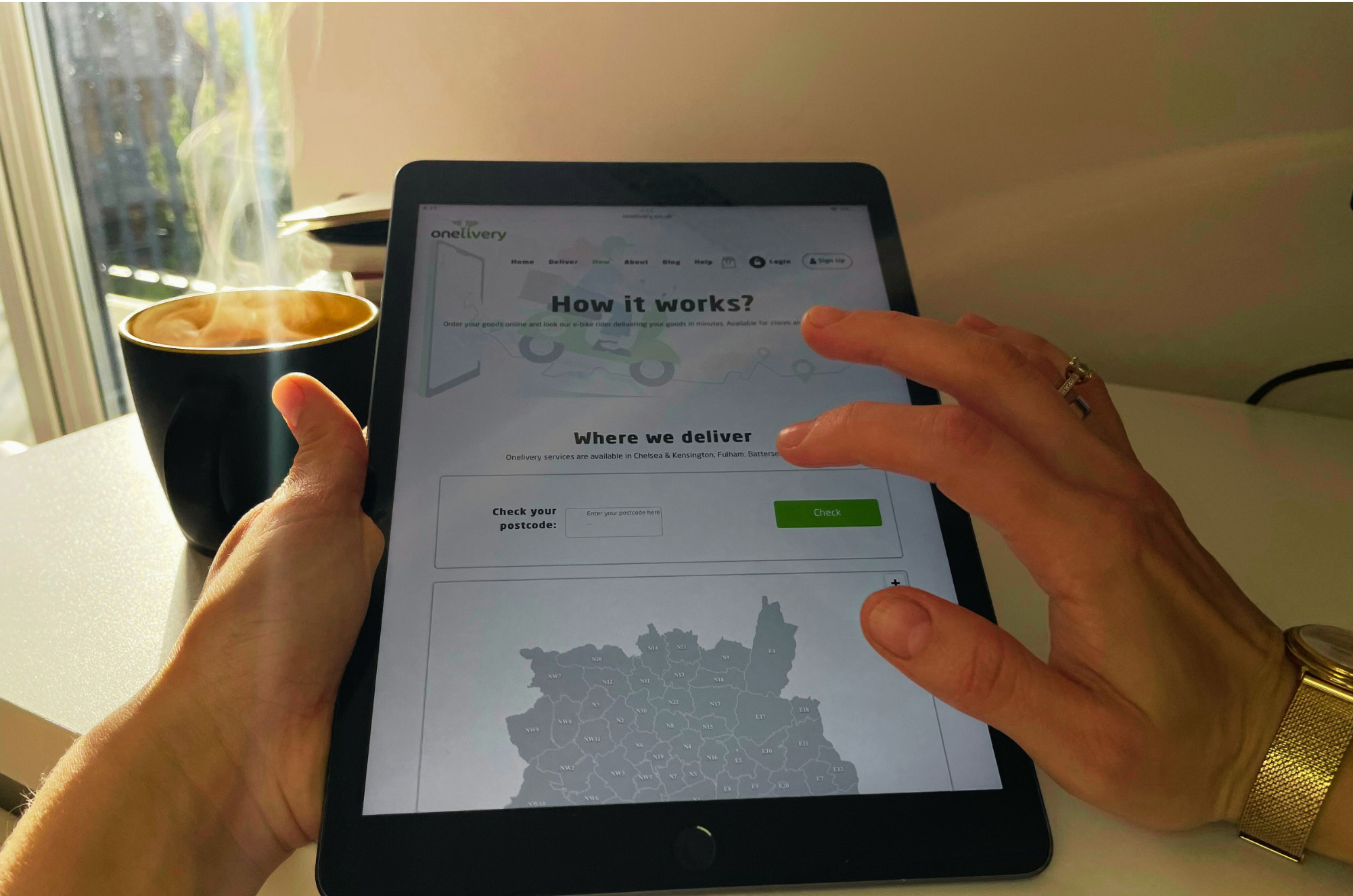Ever wonder why your delivery fee is almost as much as your actual purchase? You’re not alone. Last-mile delivery—the final step of getting a package from a distribution centre to your doorstep—can be a bit of a mystery. It’s like the last piece of a jigsaw puzzle: small but crucial, often causing the most headaches. So, who foots the bill for this intricate dance, and more importantly, how can we trim the costs? Let’s dive into the world of last-mile delivery with a touch of humour and some handy tips.
Who Pays for Last-Mile Delivery?
Fairies would sprinkle delivery magic in a perfect world, and everything would arrive for free. Unfortunately, we live in a world where someone has to foot the bill. Here’s the rundown: Retailers: Some retailers absorb the cost to keep you clicking “Add to Cart.” They might reduce product prices to cover this, but they hope you won't notice (or mind). Consumers: Ever seen “Shipping: £5.99” at checkout? That’s you, dear shopper, chipping in to get your goods home. Delivery Services: Companies like Amazon have their fleets, balancing the cost of delivery with operational efficiencies.
Why Is Last-Mile Delivery So Expensive?
Imagine being a delivery driver: navigating traffic, deciphering house numbers that seem to play hide-and-seek, and occasionally facing an overly friendly dog. These challenges add up. Here’s why costs skyrocket: Labour: Paying drivers is the biggest chunk. In 2024, the average hourly wage for delivery drivers in the UK is £11.50. Fuel and Maintenance: Vans and bikes don’t run on hopes and dreams. They need petrol and repairs. Efficiency Issues: Unlike bulk deliveries to stores, individual deliveries are scattered, making the process less efficient.
How to Reduce Last-Mile Delivery Costs
Optimise Delivery Routes: Think of it like a game of Tetris. Fit deliveries together in the most efficient way. Companies use route optimisation software to minimise time and fuel usage. Utilise Local Delivery Hubs: Setting up smaller hubs closer to residential areas can drastically cut down travel time. It’s like having mini-warehouses scattered around the city. Encourage Click and Collect: Offering customers the option to pick up from a nearby store or locker saves delivery trips. Plus, it’s an excuse for customers to get out of the house. Invest in Electric Vehicles: Electric delivery vans reduce fuel costs and are kinder to the planet. A win-win situation. Crowdsourcing Deliveries: Some companies are now using regular people to deliver packages during their daily commutes. It’s like carpooling for your parcels.
The Bottom Line
Reducing last-mile delivery costs is no small feat, but with smart strategies and a bit of innovation, it’s possible. The next time you see that delivery fee, know that there’s a whole lot of logistics, technology, and perhaps a sprinkle of fairy dust working to get your package to you.
In the world of delivery, every penny counts. As businesses and consumers, finding a balance between cost and convenience is key. Whether you’re waiting for a new gadget or just another pair of socks, understanding the behind-the-scenes of last-mile delivery makes you appreciate that little extra fee just a bit more. So, who pays? Ultimately, we all do, but with clever tactics, we can keep those costs in check.









